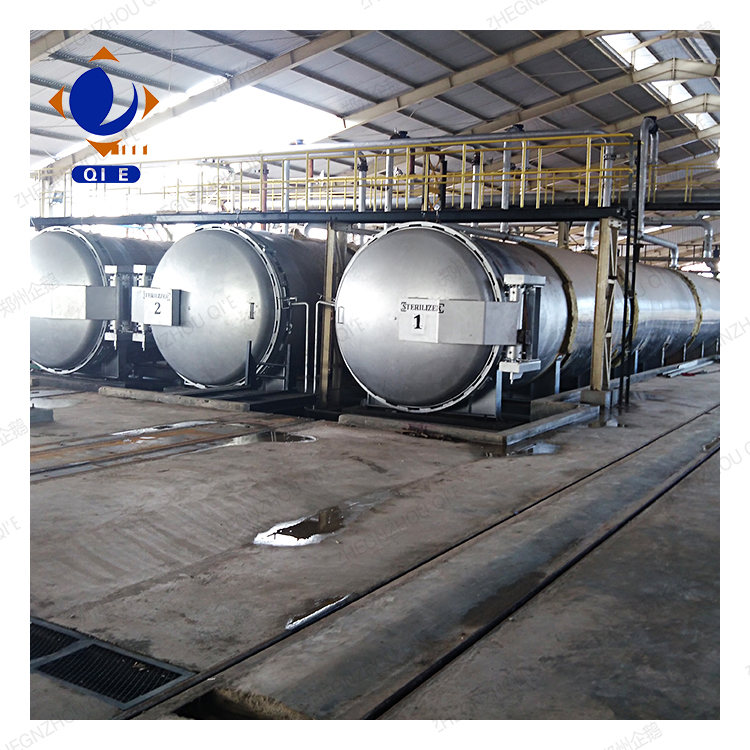
Sunflower seed oil, prized for its natural nutrients and mild flavor, has gained significant traction in global edible oil markets. For exporters and processing facilities alike, the performance of sunflower seed oil pressing equipment is critical in ensuring high oil yield, quality retention, and production efficiency. This article offers an in-depth technical exploration of sunflower seed oil pressing machines, highlighting common equipment faults, their root causes, and actionable optimization strategies. With a special focus on physical pressing technology, operators of small to medium-sized edible oil processing plants are empowered to improve output, reduce residual oil wastage, and maintain the valuable nutritional profile essential to global buyers.
Sunflower seed oil extraction primarily relies on mechanical physical pressing machines, producing oil without chemical solvents. This method preserves delicate nutrients such as Vitamin E and ensures a more natural final product favored in health-conscious markets. Equipment generally falls into two categories:
Both systems involve several key stages: seed cleaning, drying to optimal moisture (6-8%), cracking, conditioning, and pressing. Maintaining precise control over these parameters directly impacts oil quality and yield.
| Parameter | Optimal Range | Impact on Process |
|---|---|---|
| Pressure (MPa) | 15-25 | Sufficient pressure ensures proper oil extraction without damaging seed structure. |
| Temperature (°C) | Cold Press: < 50; Hot Press: 90-110 | Maintains oil nutrient profile and influences extraction yield. |
| Seed Moisture Content (%) | 6-8% | Too high moisture dilutes oil and reduces pressing efficiency; too low increases power consumption and residue oil. |
Accurate monitoring and control of these parameters can boost oil yield by up to 10%, an increase that results in significant cost savings and higher product quality for exporters.
The choice among cold pressing, hot pressing, and solvent extraction influences both oil quality and market positioning:
Exporters targeting discerning clients emphasize equipment capable of maintaining cold-pressed quality while optimizing press efficiency.
Despite advances, sunflower seed oil pressing machinery frequently encounters operational challenges that erode output and oil quality. The following issues are most typical:
| Issue | Symptoms | Root Cause | Optimization Strategy |
|---|---|---|---|
| Low Oil Yield | Excess residual oil in seed cake; reduced oil output | Insufficient pressure; improper moisture; worn screw or barrel | - Adjust pressure to 20-25 MPa - Optimize seed moisture at 7% - Inspect and replace worn components - Fine-tune feed rate for consistent material flow |
| Overheating and Oil Quality Degradation | Reduced nutrient content; foul odors | Excessive friction; poor temperature control | - Implement precise temperature monitoring - Improve lubrication systems - Reduce operational speed if overheating occurs |
| Frequent Equipment Jamming | Production stoppages; pressure spikes | High moisture seeds or foreign materials; improper feed size | - Pre-clean seeds thoroughly - Control seed size and moisture - Regular maintenance to clear blockages |
Drawing on frontline operational experience, the following practices consistently contribute to enhanced production:
Adopting these measures can raise average oil yield by 5-8% and reduce downtime by nearly 30%, directly boosting profit margins for exporters.

Ready to elevate your sunflower seed oil production with reliable and efficient pressing equipment? Discover our advanced sunflower seed oil pressing solutions tailored for exporters. Enhance yield, preserve natural nutrition, and meet global market demands with confidence.

